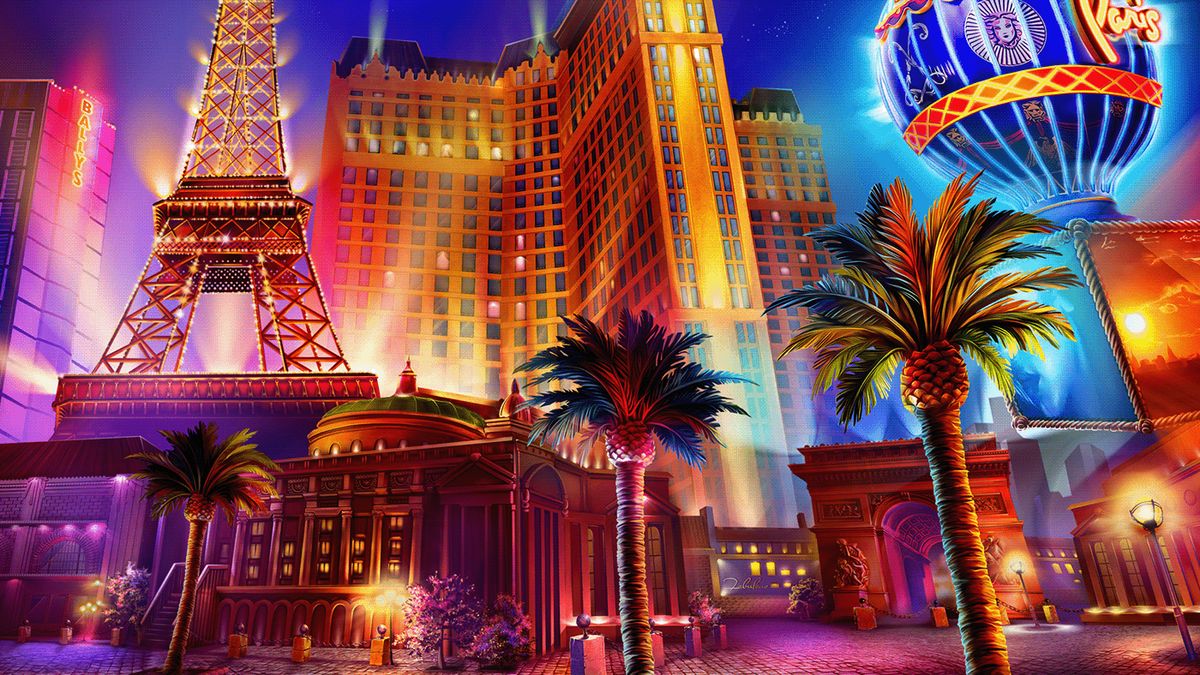- Have any questions?
Las Vegas History
Las Vegas History


A City Built on Dreams, Dice, and Daring Vision
The history of Las Vegas is a journey through transformation—from a quiet desert valley to the Entertainment Capital of the World, famous for its glittering casinos, dazzling shows, and 24/7 excitement. But how did a quiet desert valley transform into the “Entertainment Capital of the World”? This journey through Las Vegas’ history reveals how it became a global icon of glamour, chance, and reinvention, fueled by dreams and the allure of fortune.
Early Days: A Gamble in the Desert
Long before the neon lights, the Las Vegas Valley was home to the Southern Paiute people, who thrived in the region’s natural springs and desert landscapes. The first disruption came in 1829, when Mexican scout Rafael Rivera stumbled upon the area, naming it “Las Vegas”—Spanish for “the meadows”—in honor of its lush vegetation and artesian wells.

The turning point came in 1905 with the arrival of the railroad, transforming Las Vegas into a vital transportation hub. Saloon keepers and entrepreneurs, keen on serving thirsty railroad workers and travelers, began setting up gambling halls. These small establishments hinted at the city’s future as a gambling paradise.
The Rise of the Casino: A Winning Hand
In 1931, Nevada made a game-changing decision by legalizing gambling. That same year, construction of the Hoover Dam brought thousands of workers to the area, providing the perfect catalyst for Las Vegas’ growth. The combination of legalized gambling and a booming population created fertile ground for a burgeoning casino industry.
Freemont Street, located in the heart of downtown Las Vegas, quickly became the epicenter of gambling activity. Iconic establishments like the Golden Nugget and the Pioneer Club sprang up, their garish neon signs turning night into day and earning the area its enduring nickname, “Glitter Gulch.”
The Mob Moves In: A High-Stakes Game
The mid-20th century saw organized crime seize the opportunity to profit from Las Vegas’ growing gambling industry. Notorious figures like Bugsy Siegel and Meyer Lansky invested heavily, bringing both glamour and infamy. Siegel’s Flamingo Hotel, opened in 1946, set a new standard with its blend of luxury and Hollywood glitz.

Though the Mafia’s control over the casinos drew increased scrutiny from law enforcement, their early investments helped shape the city’s reputation for excitement, danger, and opulence. Their legacy remains an indelible part of the city’s mystique.
The Strip Takes Shape: A Neon Wonderland
While Freemont Street flourished, a new gambling frontier began to take shape: the Las Vegas Strip. El Rancho Vegas, the first hotel-casino on the Strip, opened in 1941. Its success inspired a string of new resorts, each grander than the last.

By the 1950s and 1960s, iconic names like the Sands, Sahara, and Tropicana emerged. The Sands, in particular, became famous as a playground for the Rat Pack—Frank Sinatra, Dean Martin, and Sammy Davis Jr.—solidifying Las Vegas’ image as a hub for top-tier entertainment.
The Megaresort Era: Raising the Stakes
The late 20th century heralded the rise of the megaresort, ushered in by visionary developers like Steve Wynn. In 1989, Wynn’s Mirage debuted, featuring a lavish tropical theme, complete with an erupting volcano. Its success set the standard for future resorts that were not just casinos, but full-scale entertainment complexes.
Themed resorts followed, each vying to be more extravagant. The Egyptian-inspired Luxor, the medieval Excalibur, and the opulent Venetian transported visitors to far-off lands, creating an immersive experience that appealed to a global audience.
Las Vegas Today: The Evolution Continues
In recent decades, Las Vegas has undergone yet another transformation, expanding far beyond its gambling roots to become a multifaceted entertainment powerhouse. The city’s skyline is now dotted with luxury hotels, fine dining establishments led by celebrity chefs, and some of the world’s most exclusive shopping experiences. Resorts like the Bellagio and ARIA boast Michelin-starred restaurants and high-end boutiques, catering to an affluent global clientele.
Las Vegas has also cemented its place as a major sports destination. The NHL’s Golden Knights and the NFL’s Las Vegas Raiders have infused the city with the energy of professional sports, drawing fans from around the world. The addition of Allegiant Stadium, a state-of-the-art venue, has opened the door for concerts, major sporting events, and even future Super Bowls.

Beyond the casinos, Las Vegas has embraced technological innovation. The city has become a hub for conventions and technology expos, with the Consumer Electronics Show (CES) leading the charge in showcasing cutting-edge developments. The integration of esports arenas and virtual reality attractions speaks to a forward-thinking approach that keeps Las Vegas relevant to younger generations.
Nightlife in Las Vegas remains unparalleled, with world-renowned DJs, opulent nightclubs, and rooftop lounges offering breathtaking views of the Strip. Meanwhile, family-friendly attractions such as the Shark Reef Aquarium at Mandalay Bay and the Adventuredome at Circus Circus ensure that Las Vegas appeals to visitors of all ages.
Conclusion: Reinvention and Resilience
Las Vegas is a city that thrives on reinvention, always pushing the limits of spectacle and innovation. From its humble beginnings as a dusty railroad stop to its status as a global entertainment mecca, it has remained a place where dreams are made—and sometimes broken. As it continues to evolve, Las Vegas’ blend of glamour, risk, and reinvention ensures its place as a city like no other.




